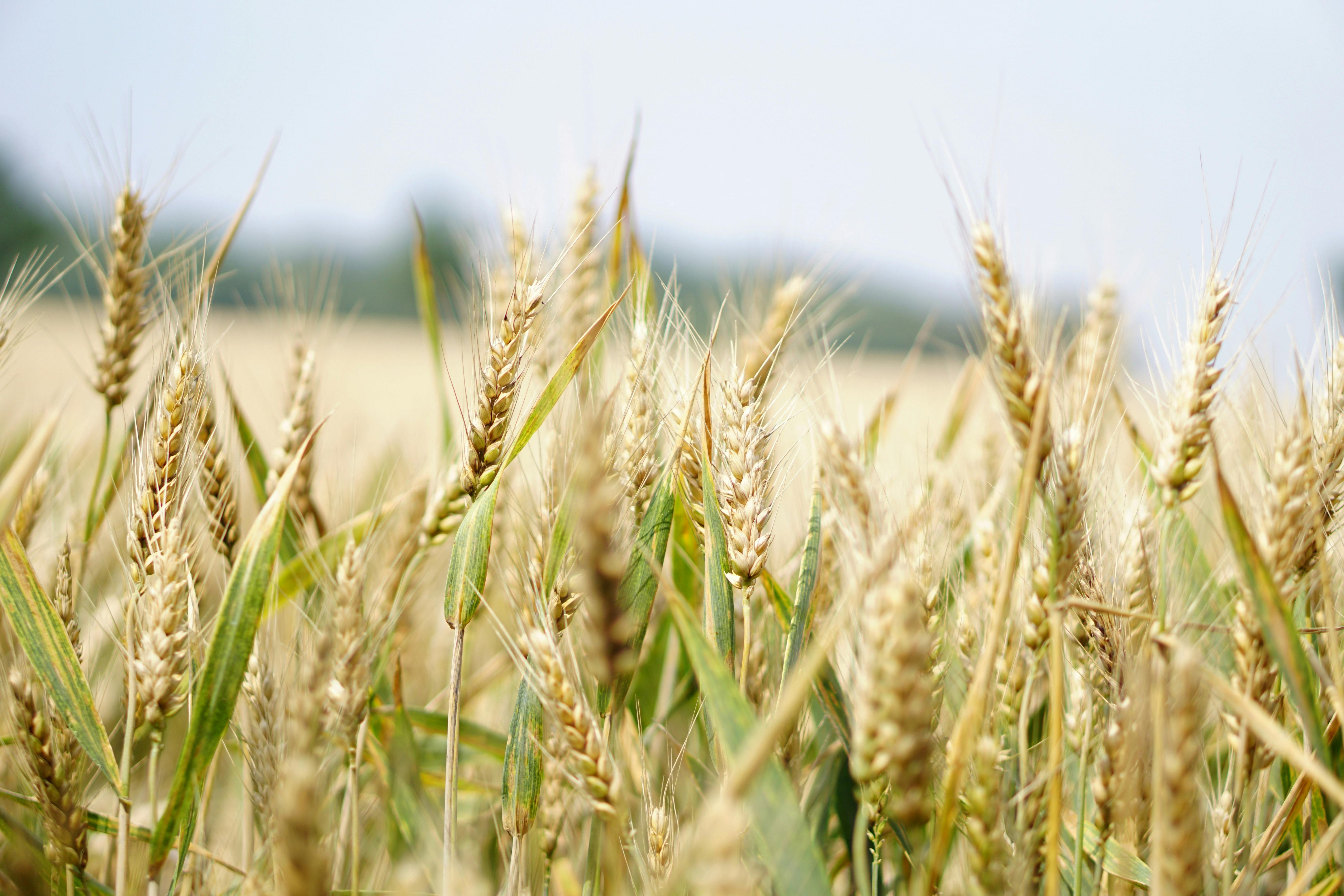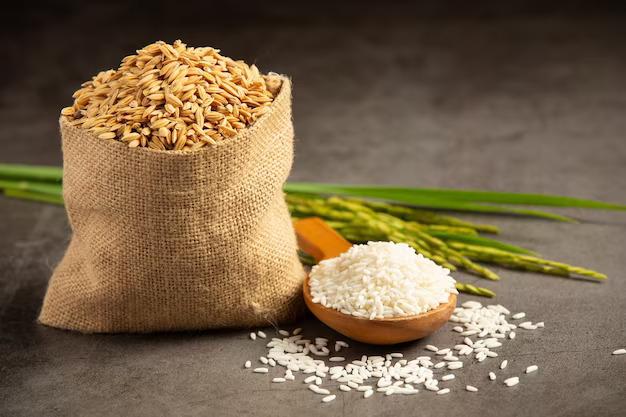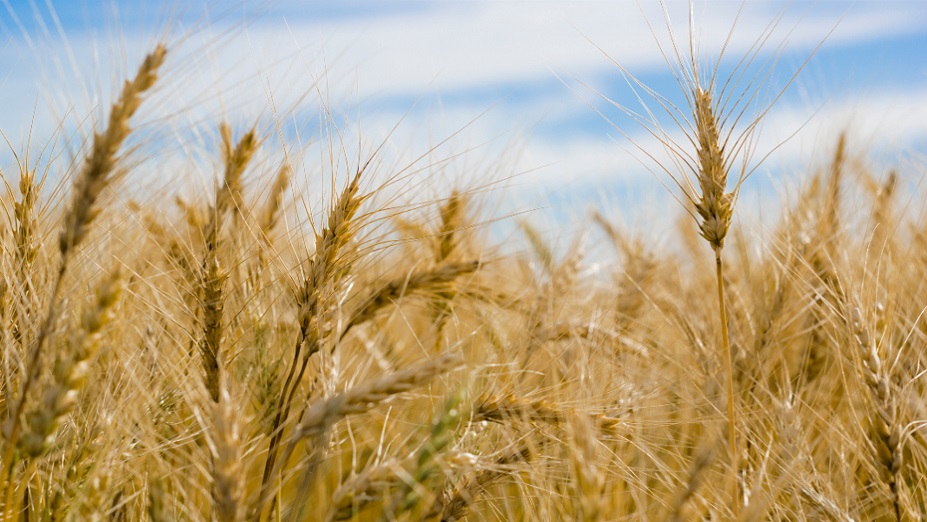Ultimate Guide to Wheat Production in India
18/03/2024
Wheat, often referred to as the “Staple Food of India" holds significant importance in the country’s landscape and cultural heritage. As one of the largest producers and consumers of wheat globally, India’s agricultural sector heavily relies on its wheat production. Understanding the intricacies of wheat cultivation, from its historical significance to modern-day techniques, is crucial for ensuring food security and sustainable farming practices. In this comprehensive guide, we delve into all aspects of wheat production in India, exploring its history, cultivation practices, challenges, and future prospects.
Historical Significance
Wheat cultivation in India dates back to ancient times, with evidence of its domestication found in the fertile plains of the Indus Valley Civilization. Over millennia, wheat became ingrained in the cultural and dietary fabric of the Indian subcontinent, evolving into various regional varieties suited to diverse climates and soil conditions. The Green Revolution of the 1960s brought about a transformative shift in wheat production, introducing high-yielding varieties and modern agricultural practices that significantly boosted productivity and self-sufficiency.
Climate and Geographical Distribution
India’s diverse agro-climatic zones offer a conducive environment for wheat cultivation, with variations in temperature, rainfall, and soil types influencing the choice of suitable wheat varieties. The Indo-Gangetic plains, comprising states like Punjab, Haryana, Uttar Pradesh, and Madhya Pradesh, constitute the primary wheat-growing regions due to their fertile alluvial soil and favorable climatic conditions. Additionally, states like Rajasthan, Gujrat, and Maharashtra also contribute to wheat production, albeit in smaller quantities, owing to irrigation facilities and alternative cropping patterns.
Cultivation Practices
Wheat cultivation in India typically follows a winter-sown (Rabi) cropping pattern, with the sowing season spanning from October to December, and harvesting between March and April. Farmers prepare the soil through plowing and leveling, followed by seedbed preparation and sowing using traditional methods or modern machinery. High-yielding wheat varieties, such as HD 2967, PBW 343, and DBW 17, are commonly preferred for their disease resistance and superior grain quality.
Key Inputs and Management
Successful wheat cultivation necessities careful management of various inputs, including seeds, fertilizers, water, and pest control measures. Farmers select certified seeds of recommended wheat varieties, often treated with fungicides to prevent seed-borne diseases. Balanced fertilizer application, comprising nitrogen, phosphorous, and potassium, ensures optimal crop nutrition and yield potential. Timely irrigation, either through canal water, tube wells, or drip irrigation systems, is critical, especially during the critical growth stages. Integrated pest management strategies help mitigate the risk of pest and disease outbreaks, reducing reliance on chemical pesticides and promoting ecological balance.
Challenges and Constraints
Despite its importance, wheat production in India faces several challenges that hinder its full potential. Climate change-induced variability in weather patterns, including untimely rains, heat stress, and pest infestations, poses a significant risk to crop yields and quality. Soil degradation, water scarcity, and declining farm profitability further exacerbate the sustainability concerns associated with wheat cultivation. Moreover, the prevalence of wheat rusts, aphids, and other pathogens necessitates continuous research and adoption if resistant varieties and biocontrol measures to safeguard crop health.
Government Initiatives and Support
Recognizing the significance of wheat in ensuring food security and rural livelihoods, the Government of India has implemented various policies and schemes to support wheat farmers. Subsidized inputs, such as seeds, fertilizers, and irrigation equipment, aim to enhance farm productivity and income levels. Additionally, price support mechanisms, including minimum support price (MSPs) and procurement operations by agencies like the Food Corporation of India (FCI), provide price stability and market access to farmers, thereby incentivizing wheat cultivation.
Future Prospects and Sustainable Solutions
As India strives to meet the growing demand for wheat amidst mounting environmental and economic challenges, sustainable agricultural practices and technological innovations hold the key to the sector’s future resilience. Adoption of climate-smart farming techniques, such as conservation agriculture, precision farming, and agroforestry, can improve resource-use efficiency, soil health, and resilience to climate change. Furthermore, investment in research and development for developing climate-resilient wheat varieties, coupled with capacity building and extension services for farmers, can foster innovation and knowledge dissemination across the agricultural value chain.
Conclusion
Wheat production in India epitomizes the intricate interplay
between tradition and modernity, resilience and adaptation, in the country’s
agricultural landscape. As we navigate the complexities of feeding a growing population
in a changing climate, a holistic approach encompassing sustainable practices,
policy support, and technological innovation is paramount. By leveraging our
collective wisdom and harnessing the power of science and technology, we can
unlock the full potential of wheat production, ensuring food security, prosperity,
and sustainability for generations to come.
Categories
Related Blogs
Ultimate Guide to Wheat Production in India
18/03/2024
Top 5 Most Profitable Crops in India
09/10/2023









